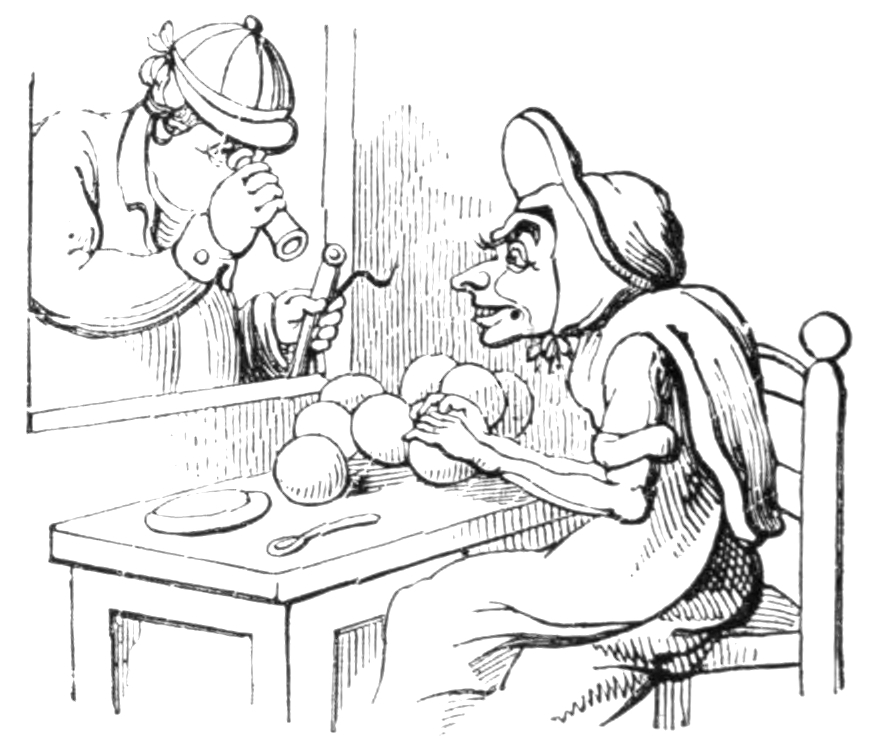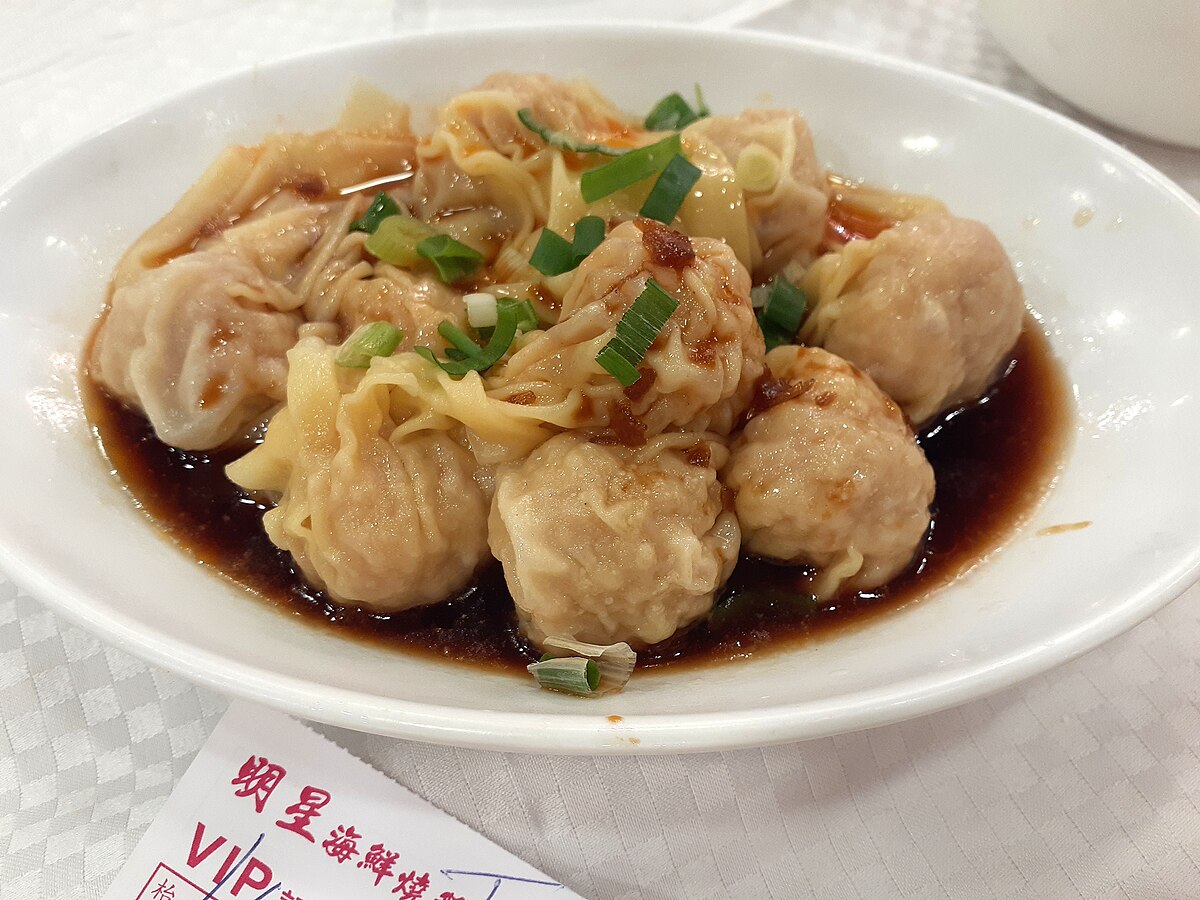I even put the word DUMPLING in quotes, unless I need to explain, I did that because I know FULL well there is an English dish call dumpling with just dough.
Hence the quote. Yet, the debate of whether that was my intent was questioned.
Fine. That's why I gave the examples of Gyoza, Ravioli etc as the kind of dumplings I am looking for, NOT THE ENGLISH KIND.
Yet people keep bringing up the topic of English Dumplings and then accuse me of moving the goal post.
Fine.
I explained in many many posts that is NOT WHAT I AM LOOKING FOR,
Honestly, by this point if you don't know that's not what I am looking for, the problem isn't the English language don't have a specific word. The problem is your comprehension skill and try to blame it on me.
That’s OK, it was your question so you’re entitled to ask it how you want. I’m just saying most of those “bite-sized” “dumplings” are not U.K. origin so it’s unlikely their real name in local languages is “dumpling”. “Dumplings” in U.K. are never (I think) bite-sized, though maybe there are such things. Not sure why this is important though and you haven’t said, I think, why you asked the question

.
I know the local languages of other dumplings, that's why I gave the local languages name in order to give you guys an idea, an example of cooking, a dish that i am looking for.
I am looking for X item that is similar to Gyoza. Is that clear? But somehow when I say "I am looking for bite size, filling with pastry", it confuses you, then still confused after all the explanation. I did the latter just in case people don't know what a Gyoza is.
The reason I ask is that the idea of wrapping something (a filling) in dough in small pieces is a simple idea and such an idea is adapted all around the world from Japanese to Italian to Polish, i noticed that there isn't such in these shores and I wonder whether it is my lack of culinary knowledge or does it simply not exist.
But people went on to debate whether i meant English Dumplings....when I know i am not looking for that and explained why and started, right at the beginning, with the quotation marks.








